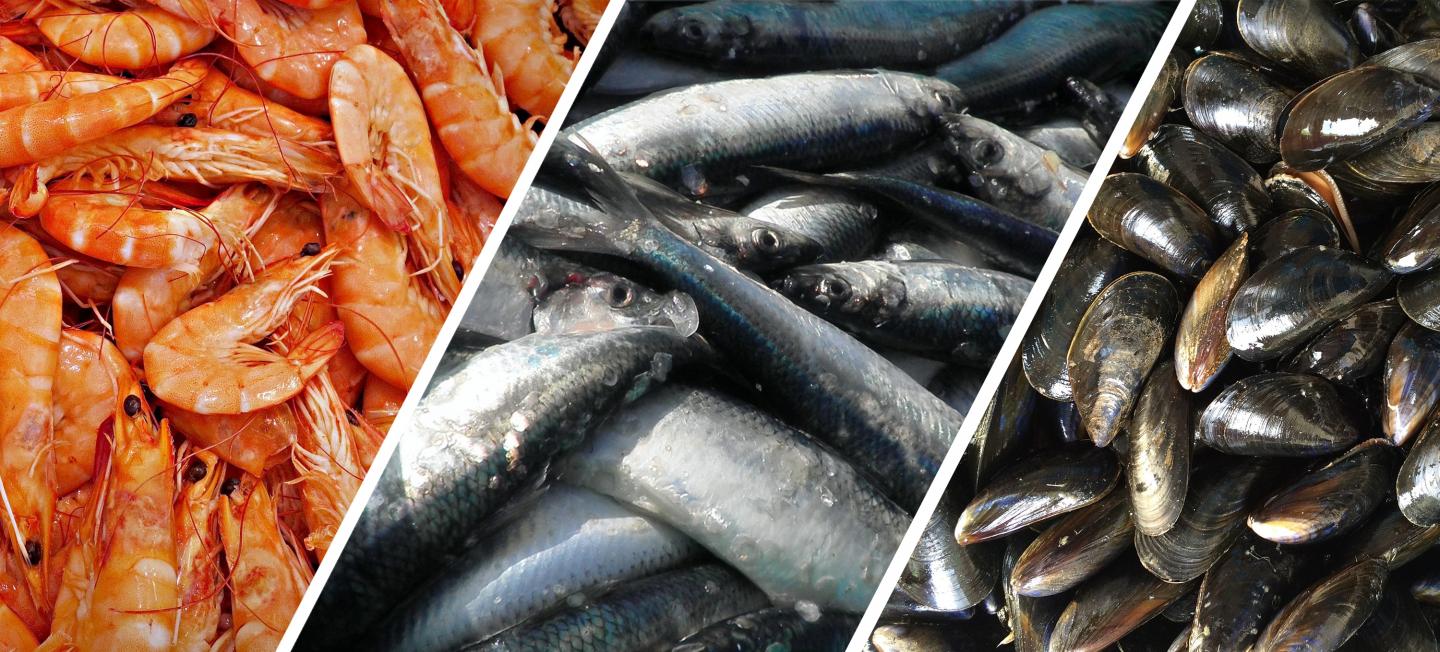
Process waters from the seafood industry contain valuable nutrients which could be reclaimed and turned into valuable products, researchers from Chalmers University of Technology, Sweden, have shown. Credit: CC0
A new research project has found that it is possible to extract certain nutrients from the water used to process seafood.
As part of a project dubbed Novaqua, researchers from Chalmers University of Technology in Sweden have found a way to recycle the nutrients in the process waters used for seafood and aquaculture feed before it goes to waste.
“It’s very important to help the industry understand that the side streams don’t need to be wasted,” professor Ingrid Undeland of the Department of Biology and Biological Engineering at Chalmers, said in a statement. “Instead, they should be treated as really exciting raw material.
“The backbone of our project is a circular approach. In the past, we had a more holistic view on handling of food raw materials, but today so much is lost in side streams,” she added. “Furthermore, we are in the middle of a protein shift, and there’s a huge demand in society for alternative protein sources.”
When popular seafood items like herring, shrimp and mussels are prepared for mass consumption, a large amount of process water is continuously pumped out as waste.
For example, approximately 7,000-to-8,000 liters of water is used to prepare a ton of marinated herring, while 50,000 liters of water is used per ton of peeled shrimp or per three tons of raw shrimp.
These side streams of water often contain peptides, proteins, fats and micronutrients that could be recycled and used in a number of ways including as an ingredient in feed or for growing microalgae. The leftover boiled water used to prepare shrimp is basically a ready-made stock.
The research team found that up to 7 percent protein and 2.5 percent fat is in the process waters and astaxanthin, a red pigment and antioxidant commonly used as a dietary supplement, is common in the shrimp processing waters.
“Our calculations show that in a primary processing plant for herring, as much as 15 percent of the herring protein coming in to the industry leached out into the water and was treated as waste, thereby lost,” Undeland said.
The team used a two-step process to recover up to 98 percent of the protein and 99 percent of the omega 3-rich fats. The process also resulted in a semi-solid biomass and a nutrient-rich liquid. After dehydration, the biomass from shrimp boiling water contained 66 percent protein and 25 percent fat.
Initial tests showed that the new biomass could be used as an ingredient in feed for salmon and as a glazing for frozen fish. The researchers also tested the fluid as a substance for microalgae-cultivation and enhanced the growth of two different types of algae.
The researchers ultimately discovered several different methods to recycling the nutrients in processed water.
For example, wastewaters are already purified in Sweden to some extent before they reach seafood factories. This means that companies likely already have the technology needed to recycle the wastewater in the second step of side stream recycling. However, more investments would still need to be made before the recycling process can be implemented.
“A major challenge is to get the industry to manage the water side streams as food, beyond the stage when they are separated from the seafood product,” Undeland said. “Today, that is the point where the side streams start being handled as waste. This means there’s a need for new routines for cooling and hygiene.”
The project began in 2015 with the goal of recovering nutrients from seafood process waters and create innovate uses for them. In the past, scientists have taken a similar approach in the dairy industry where the residual liquid from cheese making—whey—is used for different food or feed products, as well as for protein supplements.




